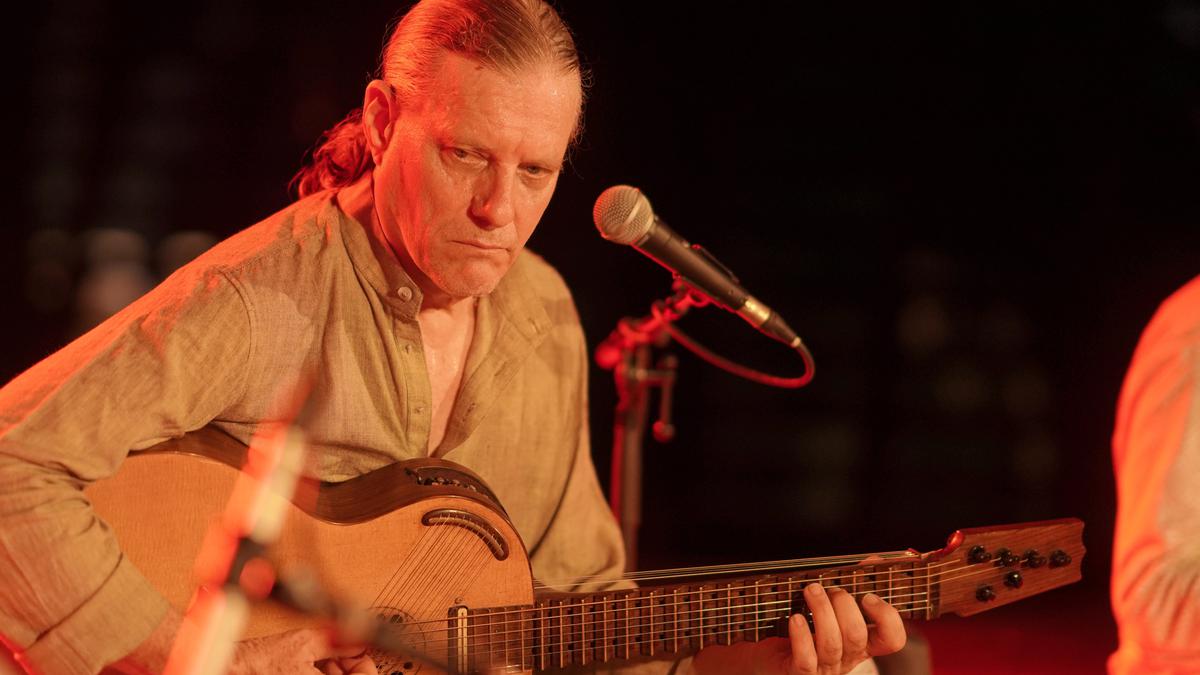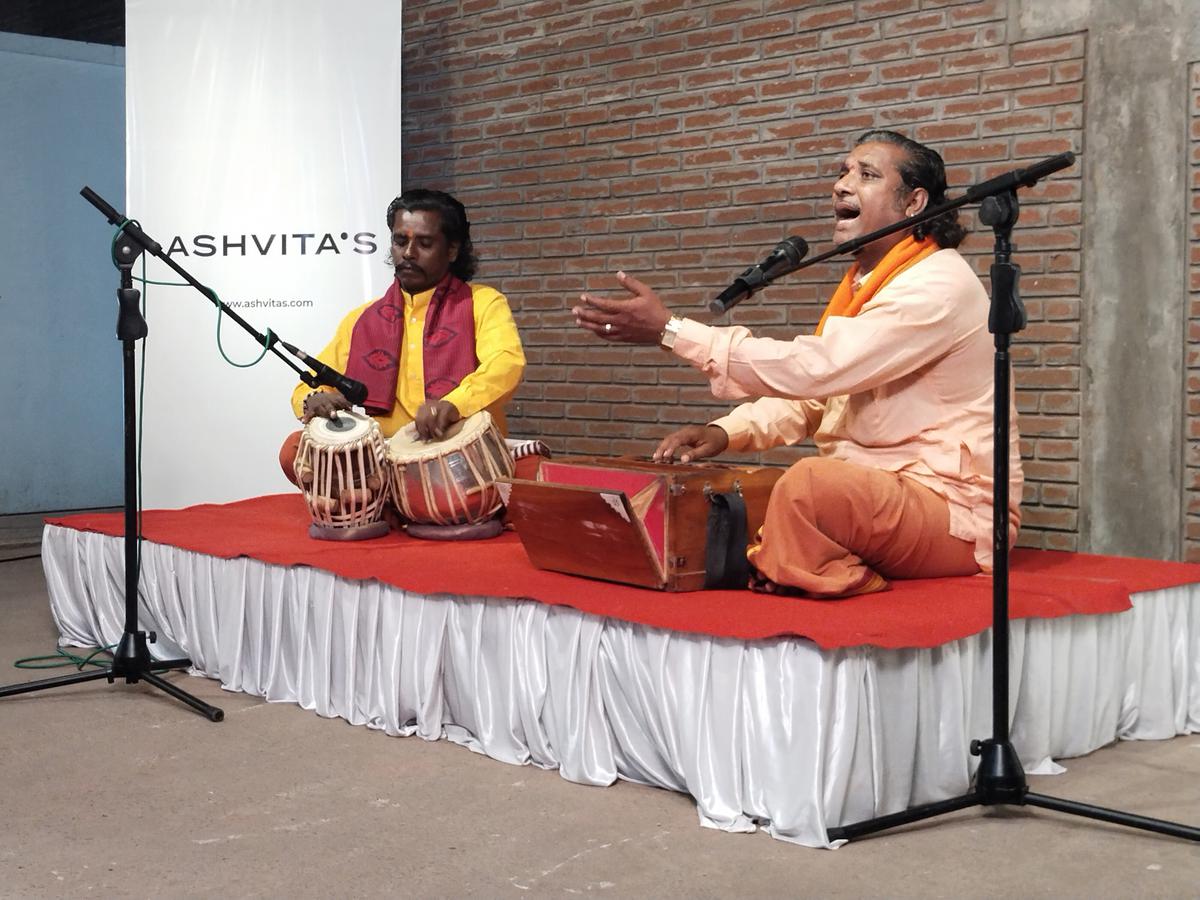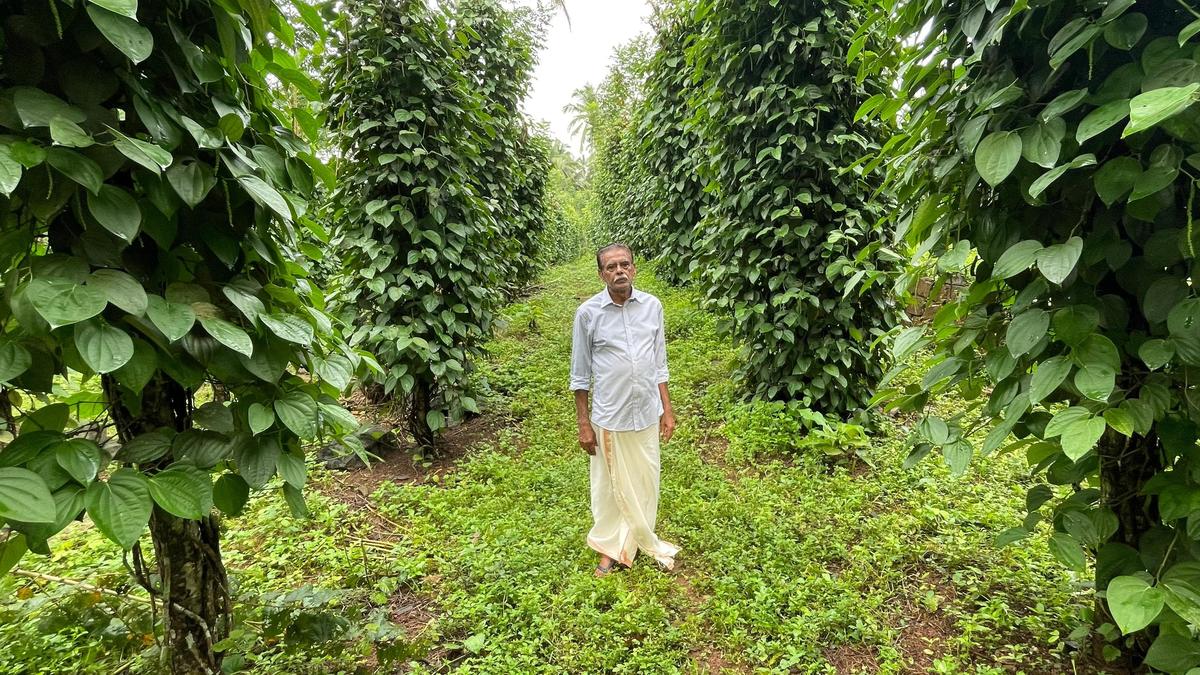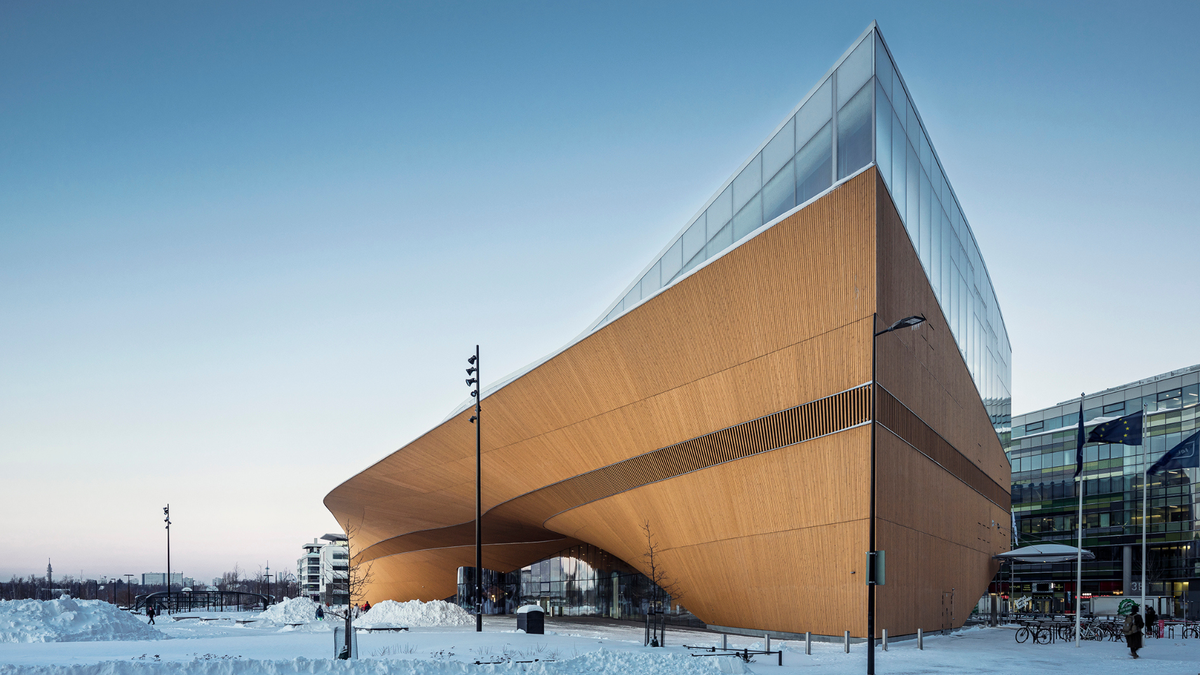With a cheery vanakam, musician Nadaka settles down in the lobby of Hotel Residency in Thiruvananthapuram to talk about his music and the geet-taar, a 24-string acoustic instrument that he created.
In Thiruvananthapuram, for a concert, Geet-Taar & Taal, with Illyas Khan on the sarangi and Chandrashekhar Ravindra Gandhi on the tabla, the French-Canadian musician who lives in Pondicherry, says he views music as an expression of his love for melody and peace. “There are no gymnastics in our concert. It is soothing and beautiful.”
The concerts were held as a part of the Francophonie 2023 celebration of the Alliance Française de Triuvandrum, in association with the Quebec Government Office in Mumbai and Consulate of Canada.
For Nadaka, the making of the geet-taar, is the story of a journey. A journey that brought him all the way from Quebec in Canada to Puducherry in India.
In the sixties, pop tunes were changing the sound of music. “At 12, I was caught up in Beatle mania. Genesis and Jethro Tull were also making waves with their progressive rock movement. I had listened to Ravi Shankar and Alla Rakha. It was Indian music that touched my soul.”
Although he learnt Western classical music, Nadaka admits that then he was not a great player but an excellent listener. “If I liked a piece of music, I could listen to the same piece more than 100 times.”
Reading the Upanishads and the philosophy of J Krishnamurthi and Sri Aurobindo Ghosh greatly influenced him. “I was impressed by Aurobindo’s teaching and I knew I had to come to India.”
Indo-Canadian musician Nadaka along with Ilyas Khan and Chandrashekhar Ravindra Gandhi
| Photo Credit:
SPECIAL ARRANGEMENT
He left Canada at the age of 16, travelled to Europe and made his way by land to India in 1974. He spent some time with Rukmini Devi Arundale, the founder of Kalakshetra.
Eventually, he reached Puducherry and he knew he had reached home. “It was an arid area and the first two years of my stay were spent in planting trees and building huts. Music returned slowly.”
Nadaka fell in love with the local culture and music. He learnt Tamil and the soundscape of India fascinated him. “The music of the nadaswaram and the thavil attracted me. I had heard free jazz and I felt this was quite similar to that. The intensity and the freedom with which they played enthralled me.”
He studied to be a mridangam player but it was the veena that caught his attention. He studied all the basic exercises on the veena. Around the time, he got acquainted with octogenarian Trichy Ramji, a musician, musicologist and veena maker. Ramji became a mentor for Nadaka who learnt to play the tanpura and classical vocals for about three years.
Although he did return to the guitar occasionally, he could not “find the charm of Indian music in the guitar”.
“I realised that, to start with, if I changed the tuning of the guitar, I could emulate some of the gamakas of the veena. I started modifying my guitar.” To fine tune it, he decided to adapt the scalloped neck of the veena for the guitar. Nadaka had heard that jazz great John McLaughlin had scalloped the guitar like that while playing with Indian musicians. He tried to do the same and found that he could stretch the notes to play the gamakas on the guitar. Nadaka also realised that to play something akin to what was played on the veena, he would need a mobile fret system. Around 1984 or so, he found a way to create on his instrument a system that helped him move the frets.
About 15 years ago, Nadaka made a complete instrument from scratch and that is the geet-taar.
“It was designed as a smaller instrument. Although it is an acoustic guitar, it is electrified to avoid the hassles of microphones on stage. I have a sophisticated pick-up system inside the instrument so that I can pick up the nuances of the notes.”
What is in a name?
In Auroville, the Mother used to give names to a lot of people. I came a little after her time. I wanted an artistic name and chose Nadaka. Since 1978, I am Nadaka, I only use that name. It is enough for me. The connection to Nada (music) was a coincidence.
With the assistance of a skilled local carpenter, Nadaka, good at wood work himself, designed the geet-taar. It took him about three years to craft the instrument weighing four-and-a-half kilograms. Like Indian musicians, Nadaka sits on the floor to play it.
“It has four instruments integrated in one: the veena, tanpura, swaramandal and the guitar. It also has talam strings like the veena. The limitations in terms of playing Indian music is only mine, but the instrument could be used for any kind of Hindustani or Carnatic music.”
He has played with masters such as Vikku Vinayaram, Ganesh Kumaresh and Sivamani.
Indo-Canadian musician Nadaka on his Geet Taar along with Ilyas Khan on the sarangi and Chandrashekhar Ravindra Gandhi on the tabla.
| Photo Credit:
Ashik Babu
Nadaka met Chandrashekhar Ravindra Gandhi in Mumbai. His son Keshav and Chandrashekhar learn from the same guru. “I used to perform with Keshav. After he left for Vienna for higher studies, my wife, Gopika, suggested that I should meet Shekhar (Chandrashekhar). We started playing together and it was a perfect. Until then, I had mostly performed with Carnatic musicians. Shekhar is from the real tradition of Hindustani music. Our music is raga-based and so there were no discordant notes at all.”
Initially, the plan was that in each city where there were performances, Shekhar and Nadaka would play with a local musician. It, however, created logistical problems for Alliance Francaise and so they decided to invite saragi exponent, Ilyas Khan, to be the third performer.
When the need for a third musician arose, Nadaka remembered Ilyas, a teaching faculty member at MS University, Vadodara, whom he had met during a trip to the city. They had jammed together and Nadaka decided to invite him for the tour.
Nadaka maintains that while musicality is important, what is most important is the personality and character of the musician.
“We have been on tour for many days now. Your personality is reflected in the music you play. For instance, the way Shekhar plays the tabla shows great depth and humility but he is a powerful player. It is the same with Ilyas. I love the sarangi, the grand old instrument of India, especially North India.”
He says it has been a terrific concert tour and a learning experience. Both Chandrasekhar and Ilyas agree with him. They say that the tour has been a learning experience for them as well in terms of improvisation and new styles of playing.






